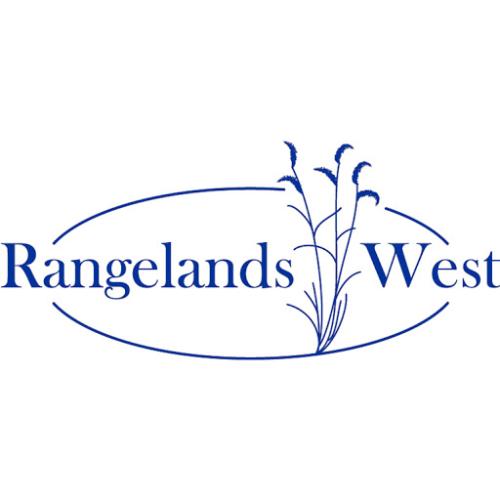Several studies have examined the impact of woody plant (i.e., brush) management efforts on mesquite (Prosopis glandulosa Torr.) cover and associated ecological impacts, but little research has been done on spatial attributes of vegetation following mesquite management treatments. This study examined the effects of above-ground mortality (triclopyr or 2,4,5-T) and whole-plant mortality (clopyralid or triclopyr+clopyralid) mesquite herbicide treatments on the canopy cover and spatial pattern of vegetation in a mesquite savanna and the associated ecological and management implications. A GIS and landscape analysis based on classified color-infrared aerial photos were used to quantify the spatial patterns of woody and non-woody vegetation. The results indicate long-term (> 20 year) persistence of disturbance effects on the amount and spatial pattern of woody vegetation. Significant differences in spatial pattern were found between the herbicide treatments and the non-treated plots, as well as between the above-ground mortality (AGM) and whole-plant mortality (WPM) herbicide treatments. The differential changes in the amount and spatial distribution of woody cover under different treatments resulted in substantially different spatial distributions of non-woody vegetation with respect to distance to nearest woody vegetation. These spatial variations may influence production and zonation of herbaceous vegetation due to modified shading and root competition from mesquite. Our results support observations of differential rates of mesquite seedling recruitment and establishment between treatment types. We conclude that consideration of spatial pattern should be an important component of future brush management plans.

Articles, citations, reports, websites, and multimedia resources focused on rangeland ecology, management, restoration, and other issues on American rangelands.